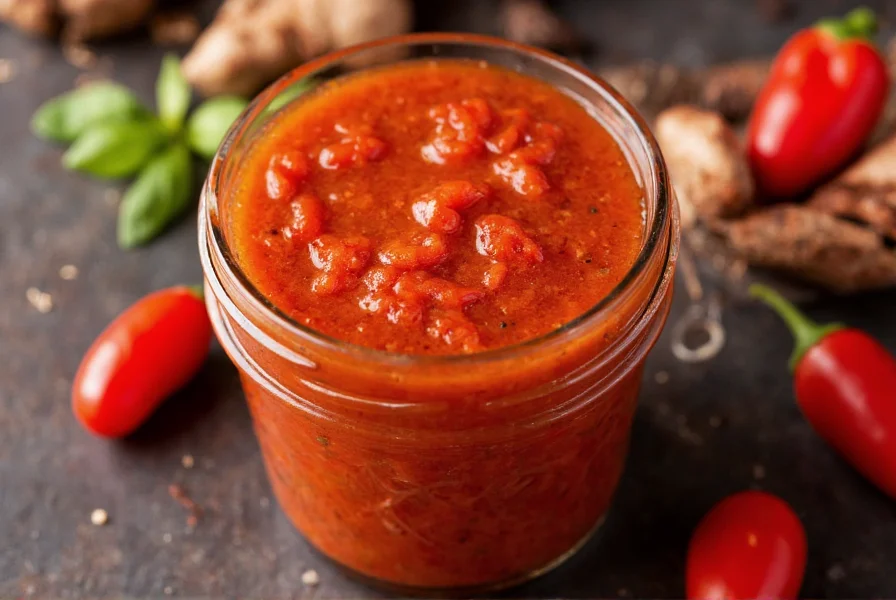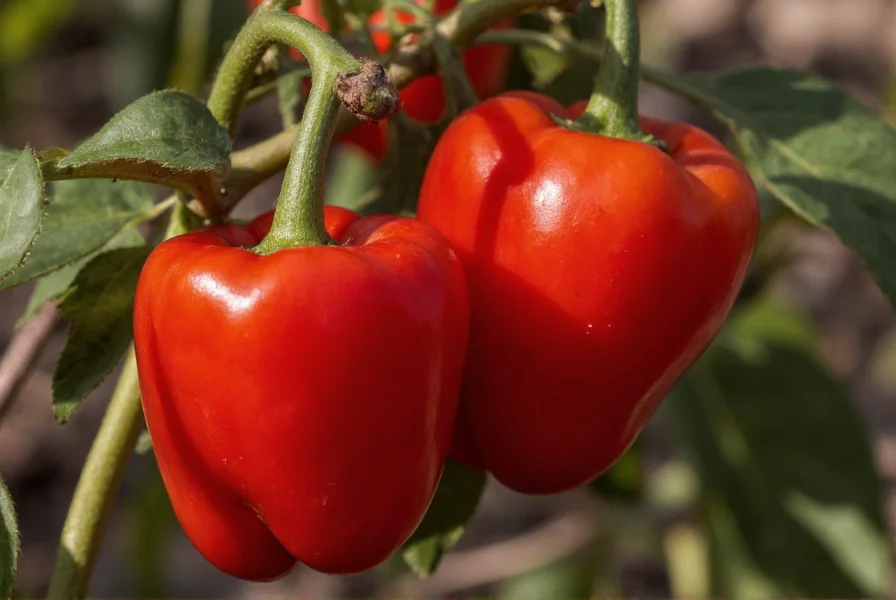When searching for information about Pepper XO, you're likely looking for clarification about this specific sauce variant and how it differs from traditional XO sauce. This comprehensive guide provides factual information about Pepper XO's composition, culinary uses, and practical applications for home cooking and professional kitchens alike.
Understanding Pepper XO: More Than Just Heat
Pepper XO represents an innovative adaptation of the classic XO sauce that has gained popularity in contemporary Asian fusion cuisine. While traditional XO sauce features dried scallops, shrimp, and Jinhua ham as its foundation, Pepper XO shifts the flavor profile by making premium peppers the star ingredient while maintaining the luxurious "XO" designation that signifies exceptional quality.
The "XO" in the name doesn't refer to pepper varieties but rather borrows from the cognac classification system, indicating a premium product. In culinary terms, XO sauce was originally created in Hong Kong during the 1980s as a luxury condiment for high-end restaurants, with "XO" signifying its premium status similar to aged cognac.
Pepper XO Ingredients and Flavor Profile
What distinguishes Pepper XO from its traditional counterpart is its ingredient composition. While both sauces share some common elements, Pepper XO features:
| Traditional XO Sauce | Pepper XO Variation |
|---|---|
| Dried scallops (primary) | Reduced seafood content |
| Dried shrimp | Optional minimal seafood |
| Jinhua ham | Alternative cured meats |
| Chili peppers (supporting) | Multiple premium pepper varieties (primary) |
| Garlic, ginger, oil | Garlic, ginger, premium oil |
The specific pepper varieties used in Pepper XO can include a carefully balanced blend of:
- Thai bird's eye chilies for intense heat
- Sichuan peppercorns for distinctive numbing sensation
- Smoked chipotle peppers for depth
- Sweet bell peppers for balance
- Black peppercorns for classic pepper notes

Culinary Applications of Pepper XO
Chefs and home cooks value Pepper XO for its versatility. The sauce works exceptionally well in applications where you want pronounced pepper flavor without overwhelming seafood notes. Consider these usage suggestions:
Stir-fries and Noodle Dishes
Add 1-2 teaspoons of Pepper XO to your wok during the final minute of cooking. The sauce enhances vegetable stir-fries, beef chow fun, and Singapore-style noodles while providing a more direct pepper experience than traditional XO.
Marinades and Rubs
Mix Pepper XO with honey or brown sugar to create an exceptional marinade for proteins. The combination works particularly well with:
- Grilled chicken wings
- Pan-seared scallops
- Roasted eggplant
- Barbecued pork
Modern Fusion Applications
Innovative cooks have discovered Pepper XO works beautifully in unexpected applications:
- As a pizza topping alternative to red pepper flakes
- Mixed with mayonnaise for spicy dipping sauce
- Stirred into Bloody Mary cocktails for extra dimension
- Enhancing roasted vegetable dishes
Pepper XO vs Traditional XO Sauce: Key Differences
Understanding the distinction between Pepper XO and traditional XO sauce helps determine which to use for specific culinary applications:
- Flavor profile: Pepper XO delivers more direct pepper notes while traditional XO emphasizes umami from dried seafood
- Versatility: Pepper XO works better in dishes where seafood flavors might conflict, such as with poultry or vegetarian dishes
- Heat level: Pepper XO typically provides more consistent heat, while traditional XO's spiciness varies based on chili content
- Price point: Traditional XO generally costs more due to expensive dried seafood ingredients
Finding and Storing Pepper XO
Locating authentic Pepper XO requires knowing where to look. Specialty Asian grocery stores, particularly those focusing on Hong Kong or Southeast Asian products, often carry it. Online retailers specializing in premium Asian ingredients represent the most reliable source for consistent availability.
When storing Pepper XO, keep these guidelines in mind:
- Unopened jars maintain quality for 12-18 months in a cool, dark pantry
- Refrigerate after opening to preserve freshness (3-6 months)
- Always use clean utensils to prevent contamination
- Check for separation - this is normal; simply stir before use
Creating Your Own Pepper XO Variation
For culinary enthusiasts interested in homemade versions, consider this basic Pepper XO recipe framework:
- Toast 30g dried shiitake mushrooms and 20g dried shrimp (optional for vegetarian version)
- Sauté 100g mixed fresh peppers (Thai chilies, red bell peppers, jalapeños) in high-quality oil
- Add 30g minced garlic and 20g minced ginger
- Incorporate 15g Sichuan peppercorns and 10g black peppercorns, toasted and ground
- Simmer with 50ml premium oil until flavors meld (20-30 minutes)
- Cool and store in sterilized glass jars
This homemade approach lets you adjust the pepper varieties and heat level to your specific preferences while maintaining the essential characteristics of Pepper XO.











 浙公网安备
33010002000092号
浙公网安备
33010002000092号 浙B2-20120091-4
浙B2-20120091-4